The working witches of Los Angeles just want you to be your best self
The Oracle of Los Angeles was feeling frazzled.
It was already 2 p.m. and she hadn’t had time to prepare lunch, much less wipe the ash from her altar. A tarot card client had just left her yellow Craftsman house in West Adams, evidenced by the smell of incense still lingering in the air. Within an hour, she was scheduled to meet with another client who was struggling to complete a PhD thesis.
In the meantime, she still had to prepare for her weekly podcast, create a purifying ceremony for a new business--and get her nails done for a reality TV appearance. Any downtime would be consumed with writing. The second draft of her memoir was due to her publisher in a week.
The Oracle, who also goes by Amanda Yates Garcia, is a former arts educator with a master of fine arts in writing, film and critical theory from California Institute of the Arts. For the past eight years she has made her living as a professional witch, performing “energetic healings,” “intuitive empowerment sessions” and the occasional exorcism, while also teaching workshops on the art of magic online and at her home, independent stores, and sites like the J. Paul Getty Museum.
The Oracle understands the value of marketing, so she also devotes several hours each week to outreach: writing newsletters, updating her website and sharing tips on social media on topics such as how to break a curse using the ”disruptive energy of a lunar eclipse.”
“If you think being a witch is just sitting around doing spells all the time, you think wrong,” she says. “Half my business is being on Instagram.”
What do you think of when you hear the word “witch”? Pointy black hats? The Salem witch trials? The free-spirited members of the pagan religion Wicca?
Today’s working witches, whose prominence is growing thanks to social media, primarily see themselves as healers. They help clients who are struggling to cope with life’s hurdles — heartache, aging, misogyny, work stress — and who find that more culturally accepted remedies, such as therapy and meditation, aren’t enough.
They want to help you be your best possible self, or as the Oracle puts it, “My contribution is to … cultivate beauty and love in my clients and help them thrive.”
There’s no official list of job duties for witches, no state licensing board that notes educational or training requirements (which means clients proceed at their own risk). Services run the gamut, from herbal workshops to love spells to communing with spirit guides; some witches charge up to $200 an hour for their time.
Behind the story: She was researching an article on witches — and found a path to self-empowerment »
Sara Benincasa, a comedian and writer who started seeing the Oracle last August, says the sessions feel like “part therapy, part religious ritual.”
“I would say she’s doing spiritual coaching,” Benincasa says. “You can go to see her the way you might see a rabbi or pastor.”
(Yates Garcia is quick to note that “people should not use magic as a way of avoiding their problems,” adding: “Sometimes clinical help with a therapist, social worker, medical doctor, or financial adviser is really what they need.”)
If you think all this witch-talk is fringe thinking, it isn’t.
A 2017 survey from the Pew Research Center that examined New Age beliefs in America found that 40% of respondents believe in psychics and another 40% believe that inanimate objects like mountains and trees are imbued with spiritual energy.
It also found that 33% of Americans believe in reincarnation, 29% believe in astrology, and 60% say they hold at least one of these New Age beliefs.
Anecdotal evidence seems to indicate the number of people who call themselves witches is growing.
“Interest in witchcraft waxes and wanes, but it is waxing, again, particularly among young women,” says Helen Berger, a professor at Brandeis University who has been studying witches and pagans for 30 years.
At least half a dozen books on witchcraft have been released in the past six months alone. Museums and universities like LACMA, UCLA, UC Berkeley and Smith are inviting witches to lecture and lead workshops on their campuses.
And there are more places than ever to buy crystals, candles, incense and other tools of the witch trade — both online and in stores. Here in Southern California, the magical supply shop House of Intuition opened in Echo Park in 2010. In the last few years it has expanded into a full-fledged chain with storefronts in Pasadena, Long Beach, Santa Monica, Highland Park and West Hollywood.
Instagram has also helped spread the word. Search the hashtag #witchesofinstagram and you’ll find 2.6 million posts including spiritual affirmations, Gothic selfies, and a substantial sprinkling of cats.
“Instagram has been a huge way to make magic and mysticism accessible for everyone,” says Bri Luna, who goes by the name “Hoodwitch” and has 420,000 followers on the social media site. “Old witches try to dismiss it, but the internet has made it possible for black people, brown people and trans people to be part of this community and this movement, too.”
Sabina Magliocco, an anthropologist at the University of British Columbia in Vancouver, says the growing interest in magic and witchcraft is a natural response to a cultural moment in which many people feel marginalized and silenced.
She says a loss of faith in institutions, particularly the government, and organized religion has led large swaths of the population to feel unmoored — like the world no longer makes sense.
“Studies have shown that people turn to magic and ritual in high-risk and high-stress situations,” Magliocco says. “And that describes the world for a lot of people right now. People are flipped out.”
The queer witch, or bruja, who goes by Loba Loca specializes in herbalism and traditional massage. However, much of Loba’s work involves simply talking with clients — “pure counseling.”
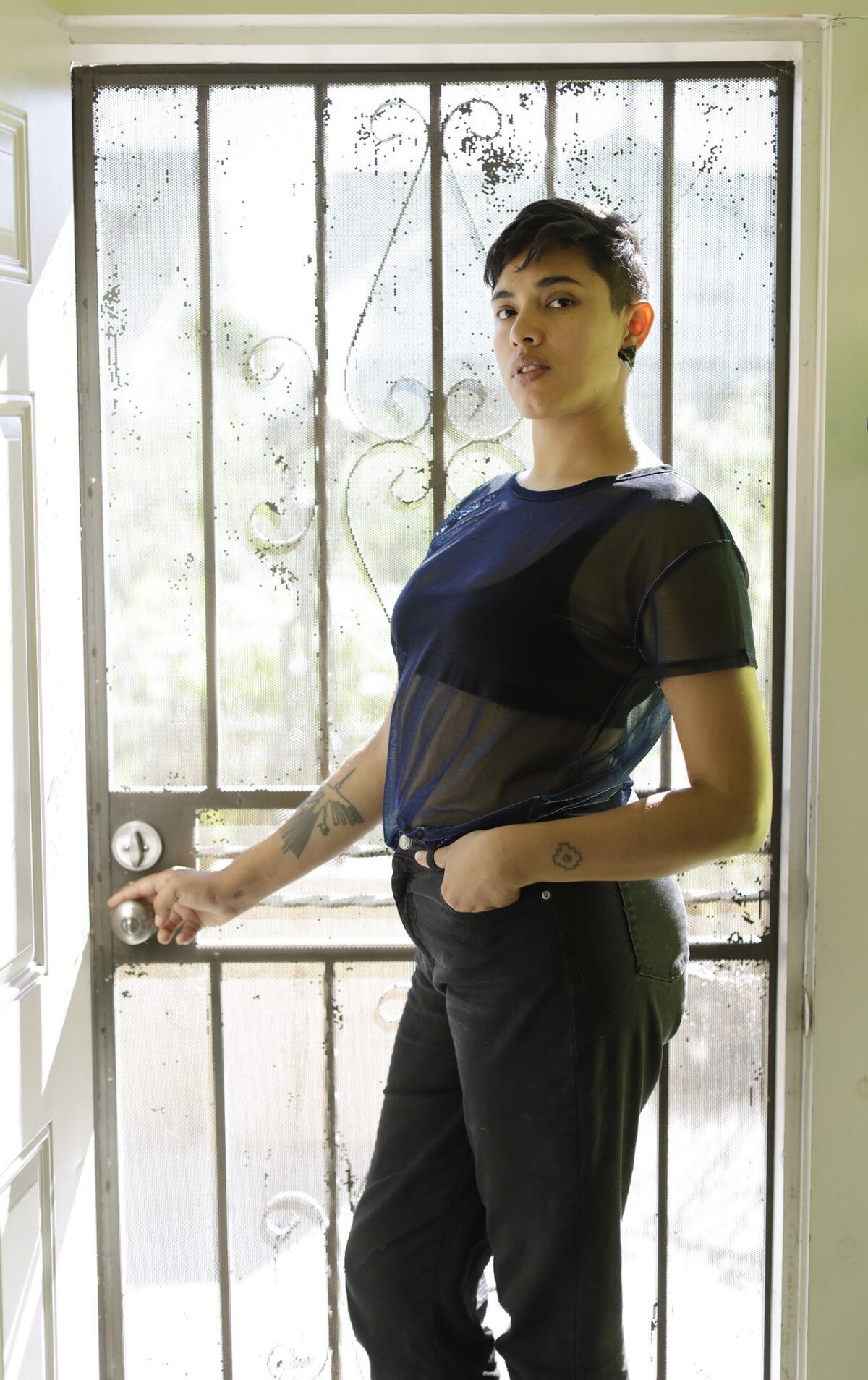
Loba, who uses the pronouns they/them, grew up in Peru and Chile, and now lives in a first-floor apartment near MacArthur Park with a sprawling garden in front. Inside their dimly lit living room, dozens of jars of dried flowers and leaves are stacked on metal shelves. Some of these go into the scrubs, moisturizers and facial sprays Loba sells on their website.
Loba learned their craft from peers, and on trips to Mexico and South America, talking to family members and healers. They see their work — teaching and supporting mostly queer people of color — as feminist, antimisogynist and political — all things they believe have long been associated with the practice of witchcraft.
“I do a whole workshop on how the people who were burned as so-called witches in Europe were actively participating in dismantling the government,” Loba says.
They try to keep prices low, charging $45 for an hourlong consultation on gardening or sexual health or $150 for traditional bodywork and massage.
“This is the only way I support myself,” Loba says. “When I first started, I was charging basically nothing because I was living in a garage and I didn’t have to pay much rent; but as I’ve grown up and had to spend more money on living, I’ve had to pump up my prices.”
For most of history, “witch” has been associated with malevolence — especially malevolent women. Witches are condemned in the Old Testament. Ancient Norse and Roman laws forbade magic for nefarious purposes.
The rise of Christianity prompted vigorous prohibitions against witchcraft (and many denominations continue to denounce it). Historians estimate that at least 50,000 people were tried and either imprisoned or executed for witchcraft in Western Europe in the 16th and 17th centuries. Up to 80% of them were women.
Europeans who colonized the New World brought a fear of witches and witchcraft with them, a fear that culminated in colonial Massachusetts. In a span of about 15 months, starting in February 1692, 15 women and four men were hanged after accusations of witchcraft reached a frenzied pitch in the town of Salem.
Even today, witches can still inspire fear and anger.
“It makes people very nervous, the possibility that witches do have powers,” Berger says. “If witches have the power to heal you, do they also have the power to harm you?”
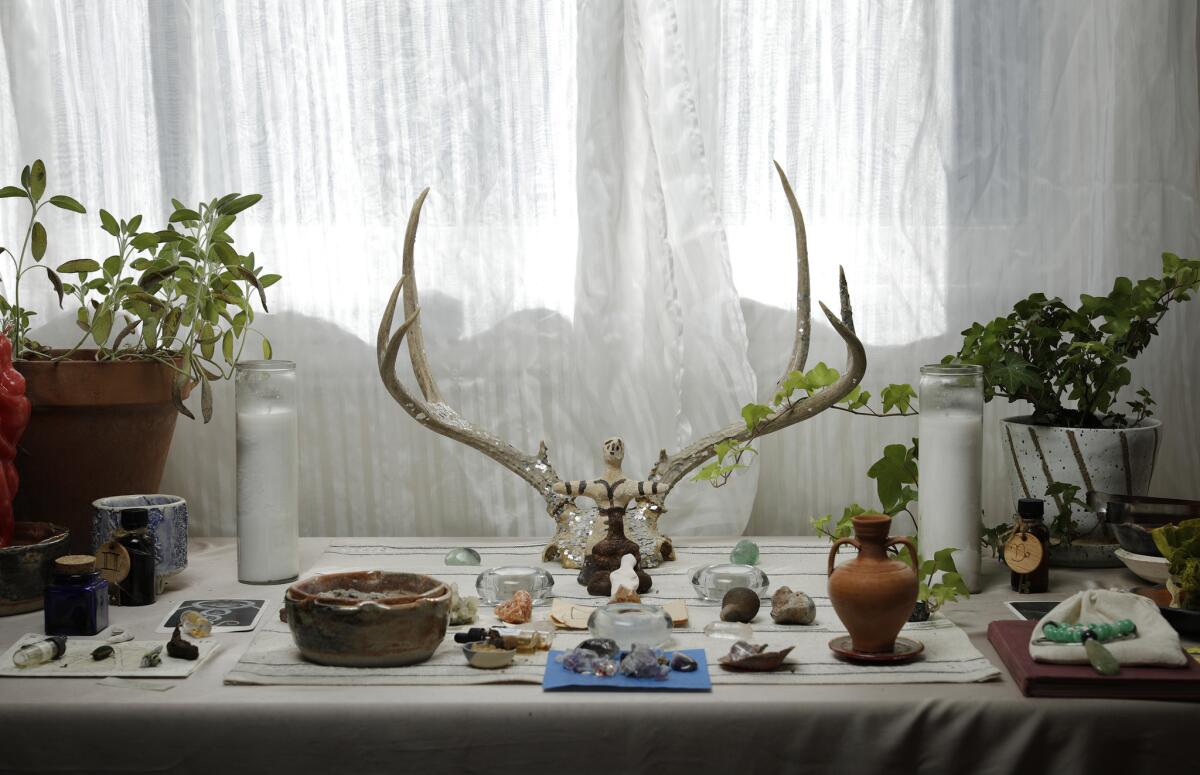
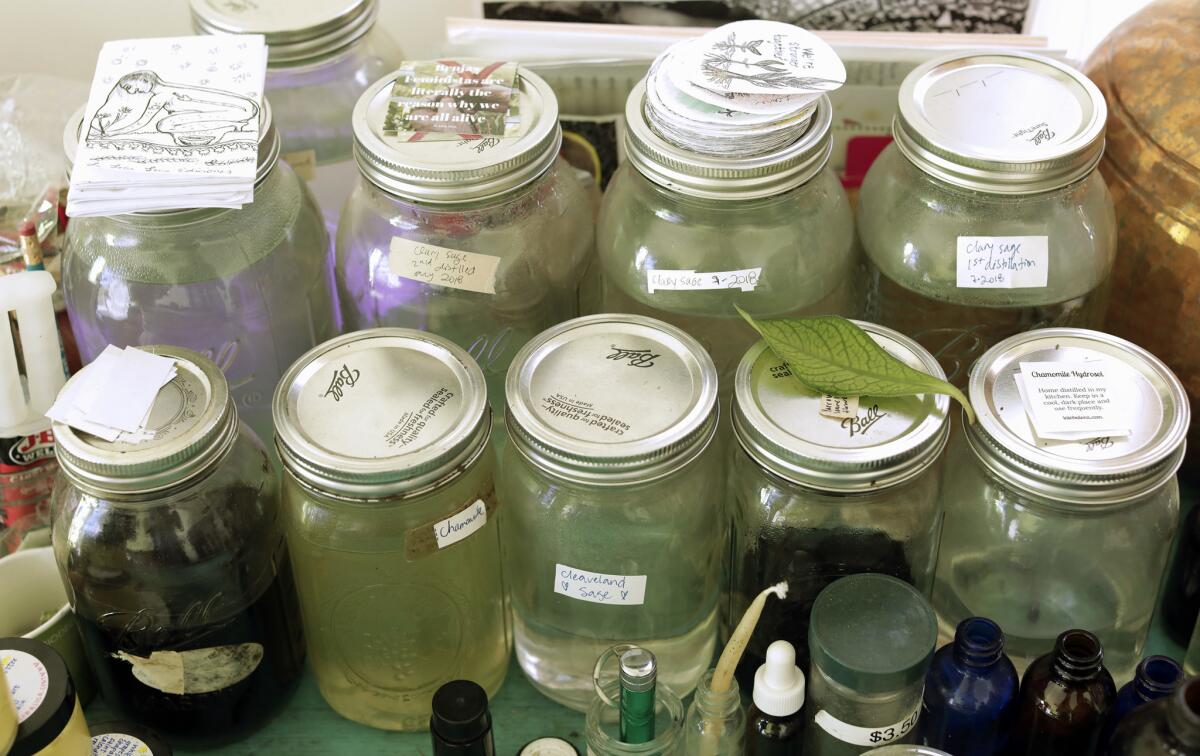
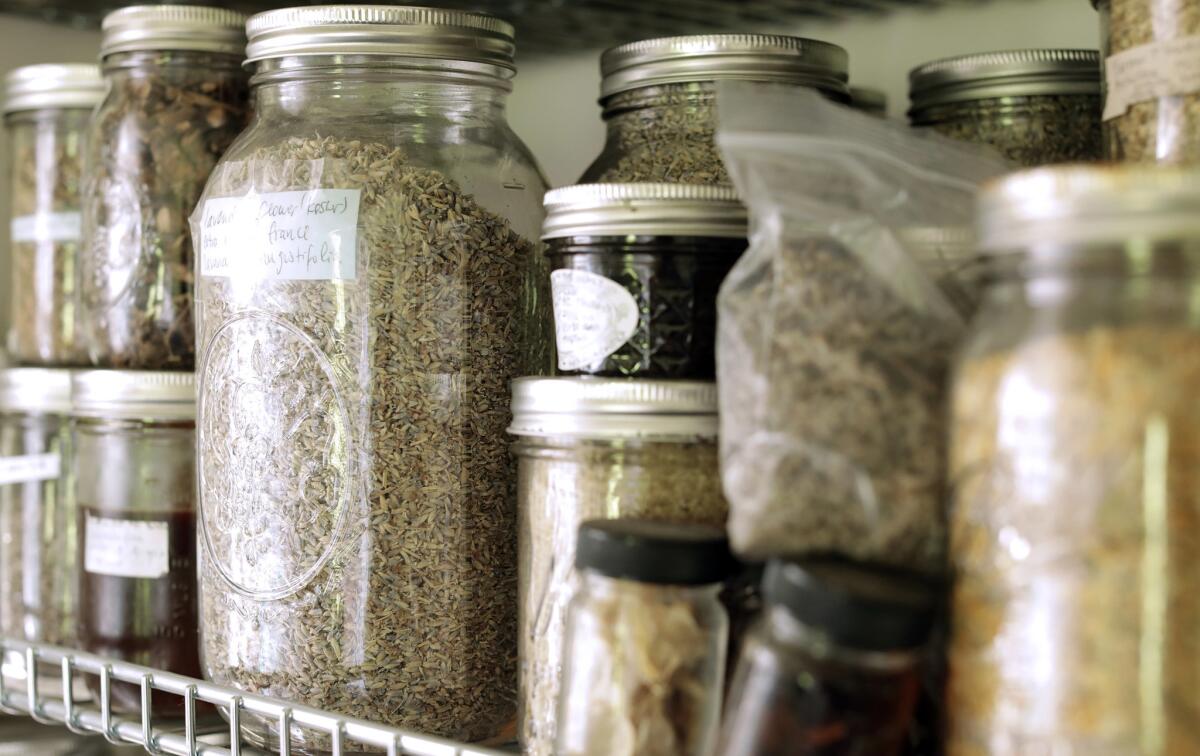
In recent years, people who brand themselves as witches have had an easier go of it — especially in Southern California — where they have joined a thriving community of empaths, energy workers and other healers. They've also encountered — and been influenced by — people who brought their belief in magic from other regions and cultures around the globe. In some cases this has prompted accusations of cultural appropriation.
In addition to being the targets of skeptics, cynics, atheists and certain religious denominations, people who promote themselves as magical practitioners sometimes attract the attention of law enforcement.
In January, the Los Angeles County district attorney’s office released a warning about a blessing scam in which victims, many of them seniors in immigrant communities, were told that a terrible misfortune would befall their family unless a blessing ceremony was performed on their valuables.
One senior put more than $70,000 in cash and jewelry in a bag for a blessing. She was told not to open the bag for two days. When she finally did, all she had was a bag full of newspaper.
“There are always people who might be charlatans,” Berger says, “but in my experience most people who call themselves witches believe they are helping clients, and their clients believe they are being helped. Whether you think it’s ‘real’ or not, there’s nothing wrong with that.”
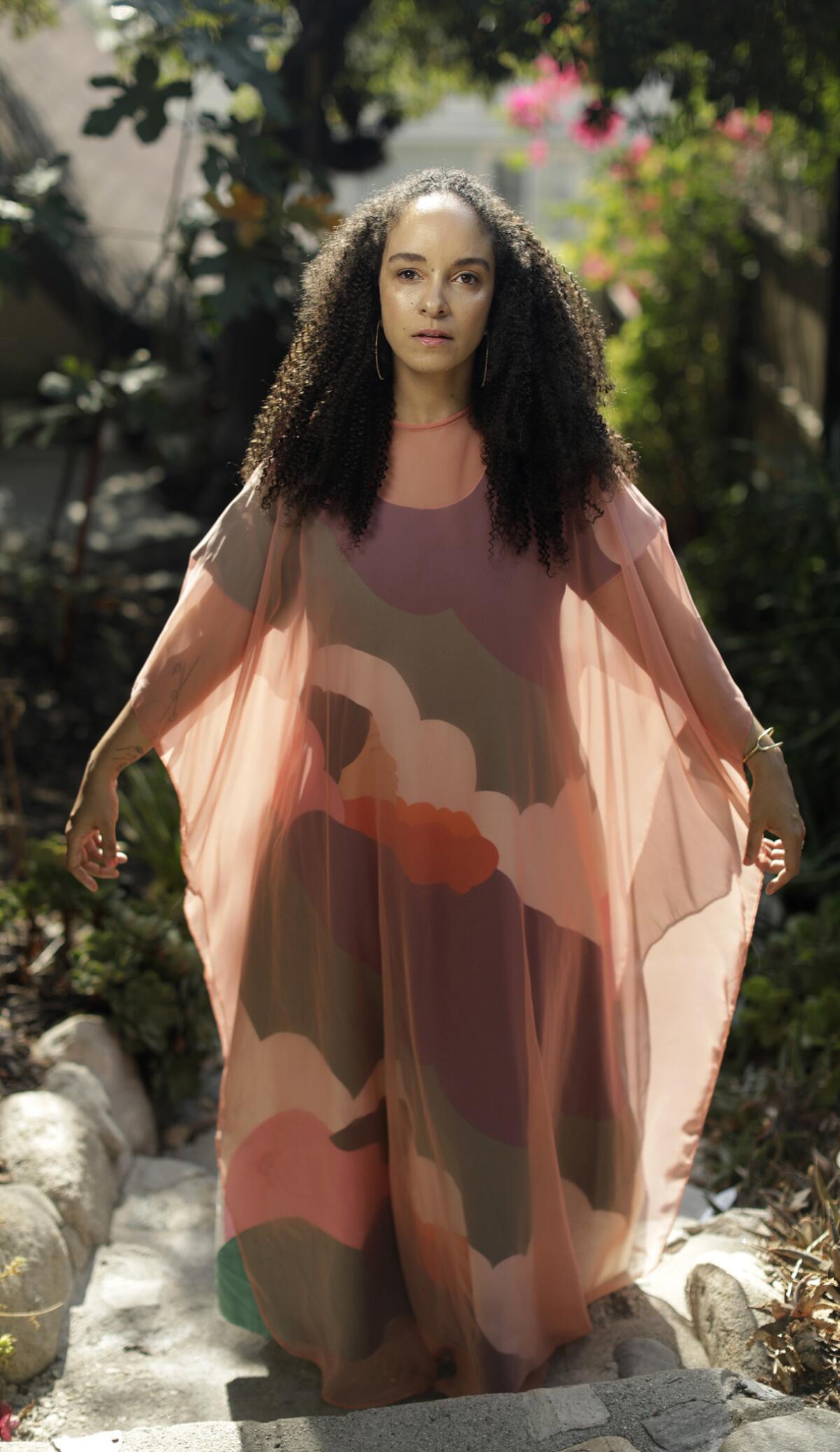
On a recent Wednesday, the witch and spirit medium Aja Daashuur was preparing her home for a magical workshop that would be attended by 10 women, including her assistant.
The candles were lit. Dozens of long-stemmed pink roses were arranged in a circle in the center of the room. Meditative music played softly in the background. Her final task? Sweep the negative energy out of her 100-year-old A-frame house high in the hills of northeast Los Angeles.
As she pushed the broom an inch above the wooden floors, she murmured a prayer under her breath:
Only light and love may walk through this door.
Protect it from negative energy, psychic attacks and lower vibrational energy.
I ask the sun and the moon, as I am a daughter of both...
Daashuur is a former musician and celebrity stylist who now earns her living channeling spirits and sharing their insights with her clients.
She calls herself the Spirit Guide Coach.
Over the past two years she has seen private clients several times a week in a small pyramid-shaped space on the grounds of her home. The 75-minute sessions cost $200.
Daashuur and her clients begin with an offering to the spirits — candles, flowers, sage, chocolate — and a meditation. Then, she says, she goes into a light trance and starts to communicate with the spirit guides.
“I kind of picture it like we’re all sitting around an old ’70s kitchen table,” she says. “We have a chat.”
The Oracle of Los Angeles likes to say that magic does not defy the laws of physics.
“It’s not like you wiggle your nose and your life is completely different,” she explains. “We work incrementally. If you want to win a Grammy, but you haven’t written a song yet, we have a lot of work to do.”
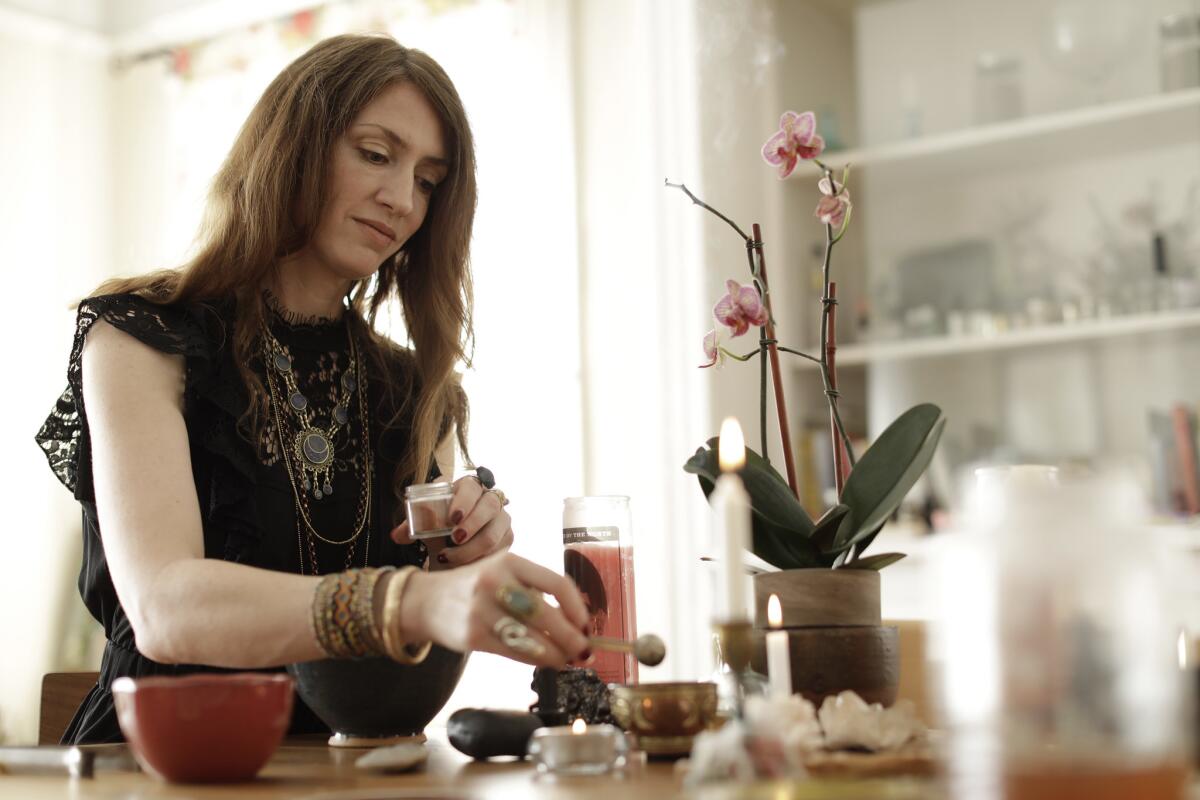
She tells her clients that magic is a way of taking the stuff we all have swirling around in our minds and getting it out into the material world where we can see it and deal with it.
That might mean writing down a painful memory on a piece of paper and then burning it or throwing a piece of jewelry into the ocean to release the emotions associated with a difficult relationship.
Yates Garcia usually gives her clients “labors” that she expects them to do on their own time.
“If you want to build more confidence, then you will have tasks that you are going to do, like maybe taking a public speaking course,” she says.
This may sound more like practical advice than witchcraft, but Magliocco says that’s how magic traditionally works: “I think when people sneer at ‘magic’ it’s because they don’t understand how people are using it. It works on the parts of you that are nonverbal, that are pre-verbal, that respond to images, smells, metaphors and stories.”
Yates Garcia put it this way: “Magic and ritual is a way of focusing your energy.”
Then she looked at her phone. A client was supposed to arrive in a few minutes. Her memoirs needed work. The Instagram DMs were piling up.
The Oracle of Los Angeles had to get back to work.
Sign up for Essential California
The most important California stories and recommendations in your inbox every morning.
You may occasionally receive promotional content from the Los Angeles Times.








